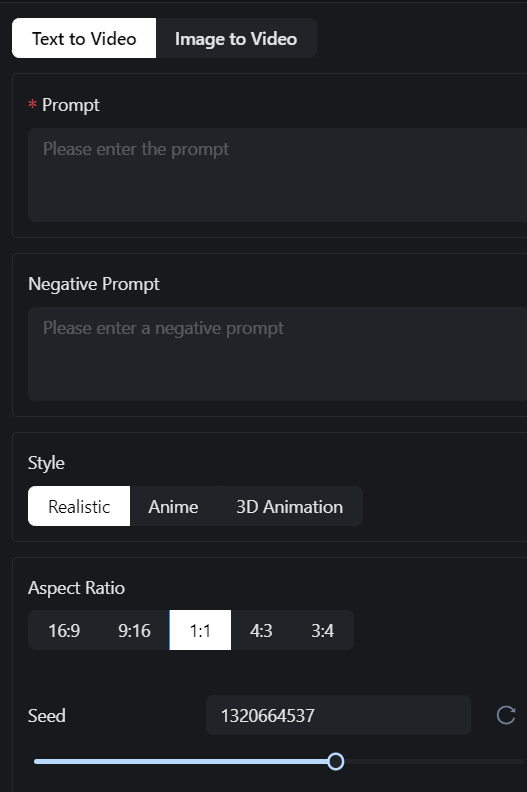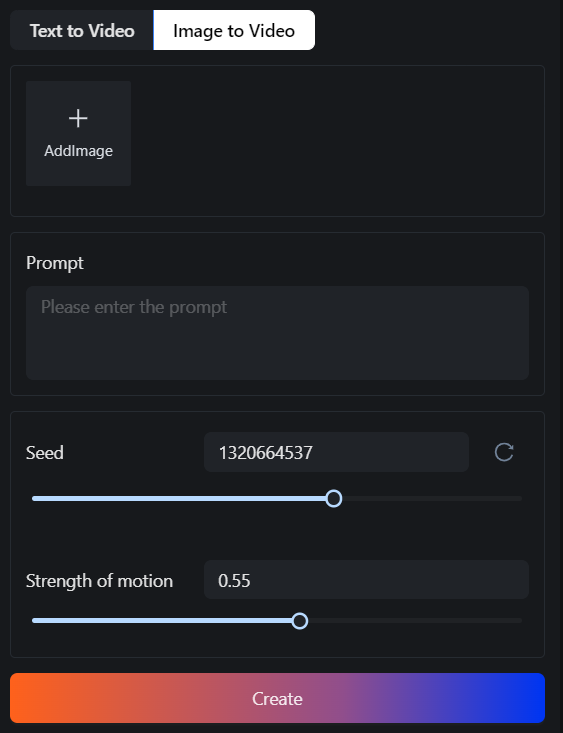
PixVerse, a cutting-edge generative AI video tool, is gaining attention for its unique capabilities in video creation. Accessible at https://app.pixverse.ai users can easily log in using their Discord or Google accounts, ushering in a new era of video generation.
Generative Video Creation
PixVerse offers two primary modes for video generation: “text to video” and “image to video.”
Text to Video
In the “text to video” mode, users are prompted to input a “Prompt” and have the option to include a “negative prompt” to refine their creation. Currently, PixVerse provides three styles for video generation: Realistic, Anime, and 3D Animation. Additionally, users can select their preferred aspect ratio, choosing from 16:9, 9:16, 1:1, 4:3, and 3:4, and have the option to change the Seed for varied results.

Image to Video
For the “image to video” mode, users begin by uploading an image. They then guide the video animation with a “Prompt” and can adjust the seed and the “Strength of motion.” This feature allows for a high degree of customization in the video generation process.

After setting up the prompt and options, clicking the ‘Create’ button places the job in a queue. Recently, the generation time has been approximately 5-10 minutes.
User Experience and Performance
Having experimented with around 10 video generations, the experience with PixVerse was mixed. The motion and video quality were impressive, yet the adherence to the provided prompts was less than precise.
Image and Text to Video Experiments
In one instance, an image generated by DALL-E 3 of a man and woman near a fire in the woods was uploaded. Despite the prompt “Fire flames are moving and smoke is rising from the fire,” the resulting video included unintended motion in the background trees. Similar deviations from the prompts were observed in other “image + text” video generations.
Text to Video Trials
The “text to video” feature also presented challenges. An attempt to recreate the woods scene with a detailed prompt led to a significantly different outcome, with the characters and elements not aligning closely with the description. A few other text to video examples-
“Two cute chipmunks riding a skateboard” resulted in two girls (with extra ears) riding a skateboard (that looked drone-like).
“An orange cat chasing a mouse” resulted in a 2 headed/3 tailed cat moving around and no mouse in site.
Conclusion
While the videos produced by PixVerse boast professional quality and detail, the tool currently struggles with closely following user prompts. The experience is undoubtedly entertaining, and with no cost involved, it provides a unique playground for video creation enthusiasts. As PixVerse continues to evolve, it holds the potential for significant improvements and could become a pivotal tool in AI-driven video generation.